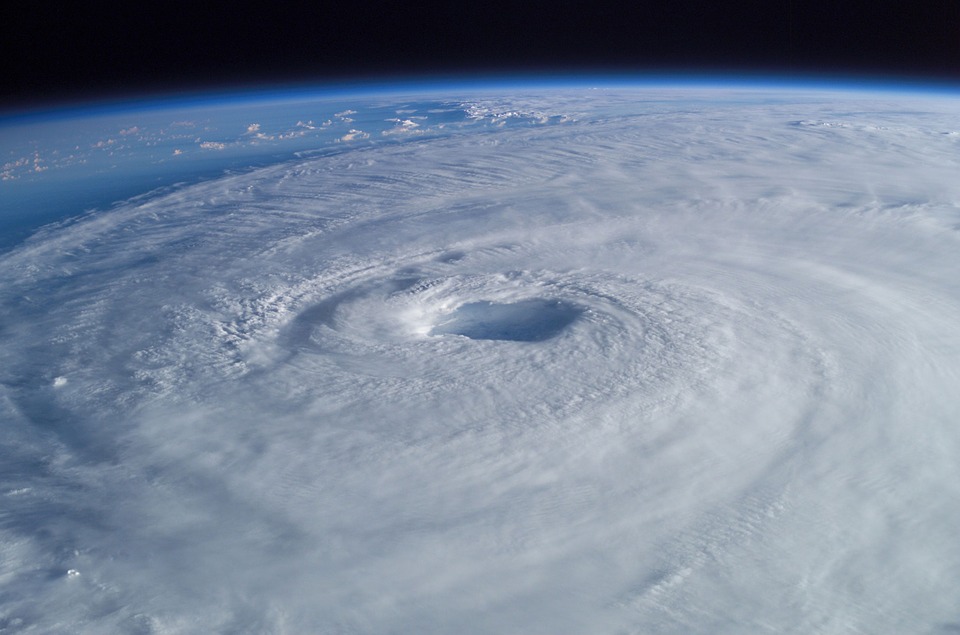Hurricane Dorian is threatening to wreak havoc on the U.S. East Coast. Millions of worried homeowners likely are wondering what they can do to shore up their homes against the coming assault of wind, rain and storm surge.
In addition, this is unlikely to be the last storm to rattle nerves this hurricane season in the Atlantic Ocean. In fact, we have just entered the peak period for such storm activity, which lasts through the end of October. In addition, the Atlantic hurricane season itself runs through November.
If you are in harm’s way, either right now or at any time over the next several weeks, you must take steps quickly to protect your property. Following are some key ways to protect your home from a storm’s fury.
Make a Storm Kit
A storm kit is designed to get a family through 48 hours without electricity and basic services. Your storm kit should include a whistle, blankets, garbage bags, batteries, three-day water supply and two days worth of food.
Gather Insurance Documents
Your home insurance documents and other important papers should be part of your storm kit and readily available in the event of a disaster because you will need that proof for claims and assistance. Know what your policy will cover. Home insurance policies vary a great deal. If you have any questions, call your insurance agent or broker to find out the details of your coverage.
Secure Outside Stuff
Begin to bring outdoor objects such as lawn furniture, toys and garden tools inside, and anchor objects that cannot be brought inside.
Turn Refrigerator and Freezer to Coldest Setting
By turning your refrigerator and freezer to the coldest setting, you can keep your food cold a bit longer in case the power goes out.
Prepare Windows, Doors and Garage Doors
If you live an area susceptible to hurricanes then it is best to prepare the home for those conditions with shutters. Brace your doors and secure your garage door, which has a likelihood of blowing away in a storm.
Review Evacuation Plans
You should pick two locations to go to for safety in the event of an emergency. Choose one out-of-town person as an emergency contact and create a list of emergency contacts that can be kept in a safe, readily available place.
Prepare Your Safe Room
Your safe room should be an interior room, a closet or bathroom on the lower level of your house. Stock it with a battery-powered TV and/or radio with spare batteries, sleeping bags, pillows, chairs, snacks, and drinking water. If you have young children, you should include games, books, favorite blankets, stuffed animals, and toys. Have a mattress ready nearby in case your home suffers structural damage.
Determine What to Do With Pets
Not all emergency shelters will accept pets through their doors so it is important to have a plan for your pets. Before storm season arrives, locate shelters that allow pets and contact them. Keep a picture of your pet if it gets lost or have them microchipped if you have not already.
This information is general and is not intended to replace or override any of the advice, warnings, or information given by local officials, FEMA, NOAA, or any other official regulatory organization or government branch regarding storm safety. Always follow take-cover recommendations, evacuation orders, and any other advice given by local officials for your area.

